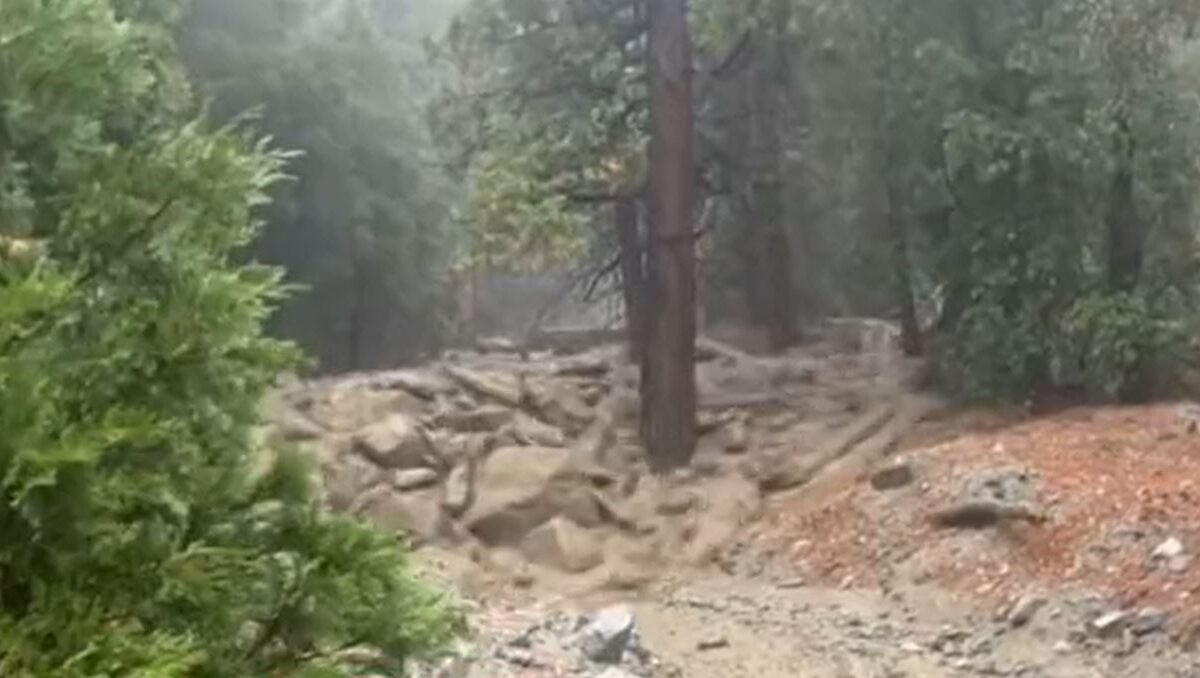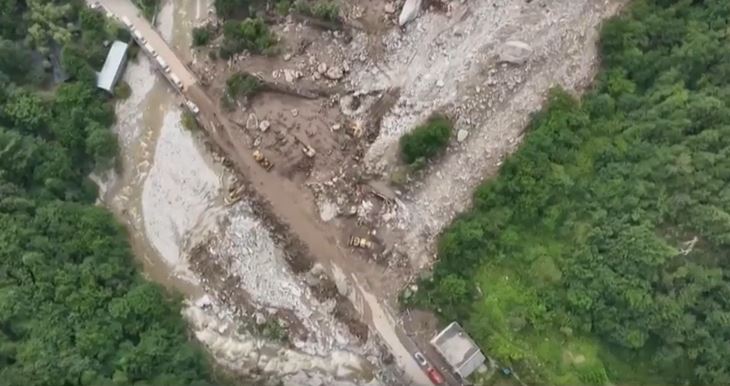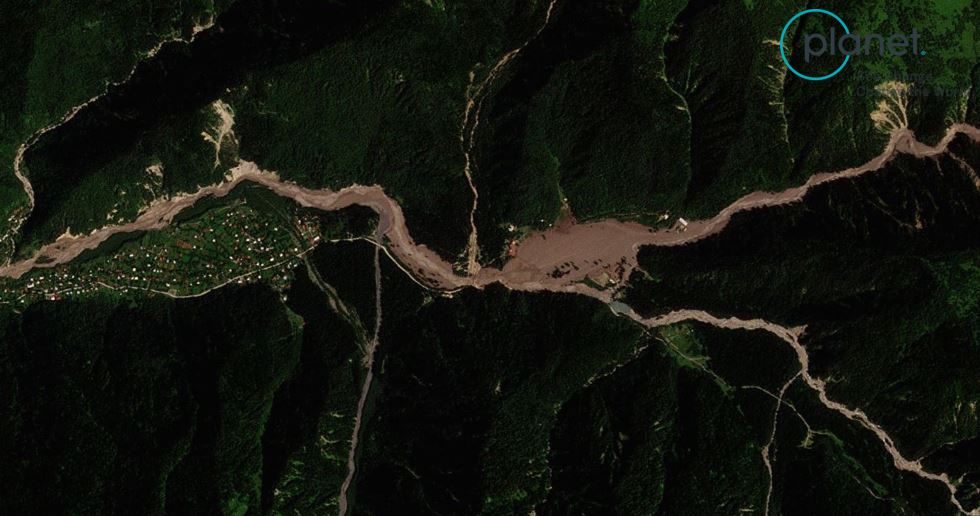A least two landslides were triggered by heavy rainfall on 18 September 2023 at a landfill site at Dolton in Illinois, USA.
landslides
The 24 August 2023 landslide at Anni in Himachal Pradesh, India
A landslide in Anni, N. India has destroyed eight buildings.
Mudslides and debris flows triggered by Storm Hilary
Videos of debris flows and mudflows from Storm Hilary.
The Temi landslide – an ancient, valley-blocking failure in Sichuan Province, China
Xie et al. 2023 describe the ancient, 35 million cubic metre, valley-blocking Temi landslide in China.
The 14 August 2023 landslides in Himachal Pradesh, India
Heavy rainfall has triggered extensive landslides in Himachal Pradesh, India
The 11 August 2023 debris flow at Weiziping in Shaanxi Province, China
27 people killed in a debris flow at Weiziping, near to Xi’an, in China.
The safety of fire and rescue personnel after landslides
Keeping fire and rescue personnel safe from landslides.
New images of the 3 August 2023 Shovi landslide
Satellite and terrestrial images are casting light on the Shovi landslide in Georgia.
Hudiksvall – an interesting embankment failure that caused a train derailment in Sweden
120 people have been evacuated from a derailed train near Hudiksvall after heavy rainfall brought by Storm Hans caused embankment failure
The 4 August 2023 debris flow at Shovi in Georgia
The 4 August 2023 catastrophic debris flow that destroyed Shovi in Georgia started as a rockslide high in the mountains above the town.









